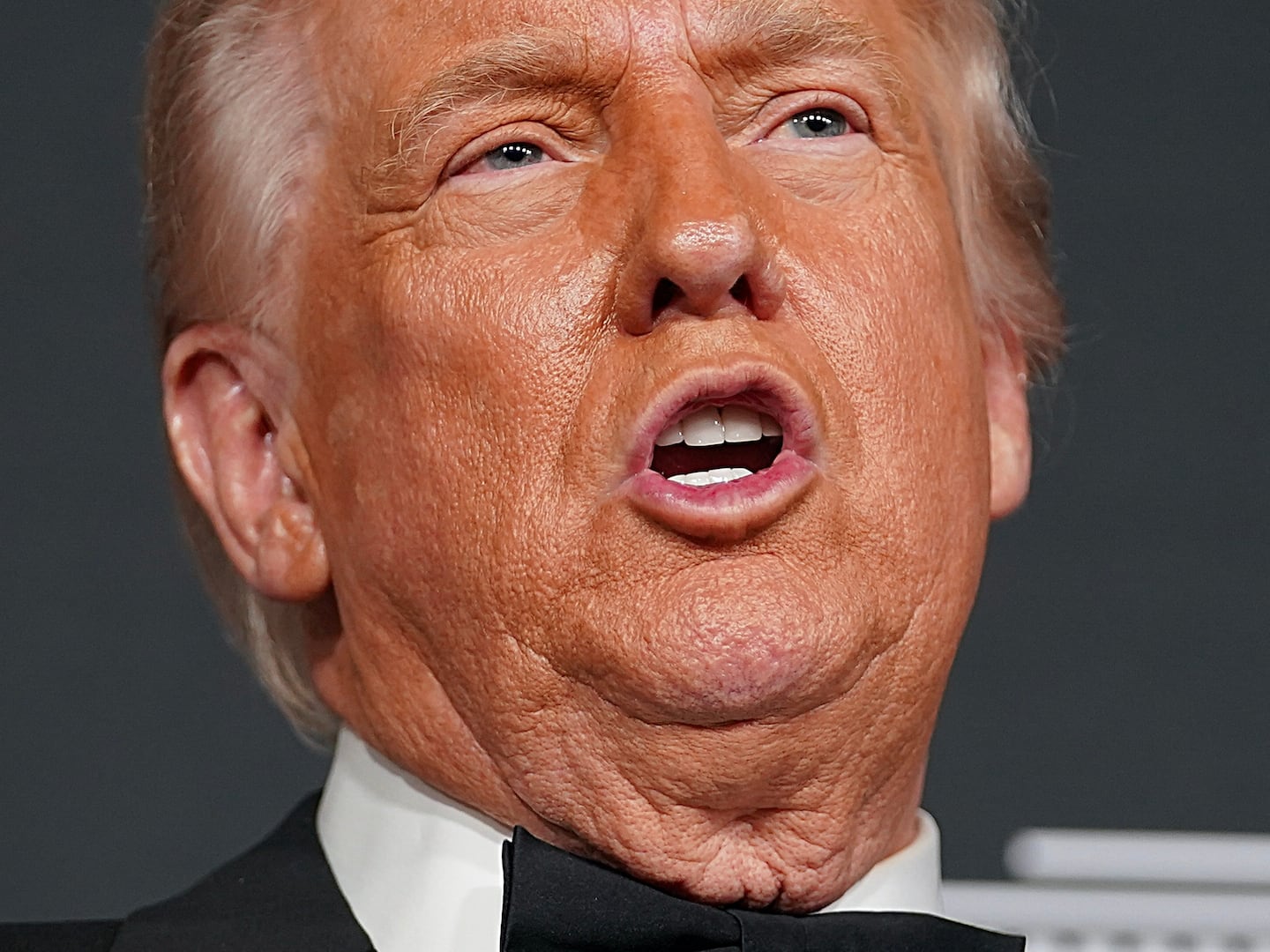Mitch McConnell was right: “candidate quality” was a problem.
It’s still too soon to say, as of this writing, exactly where congressional majorities will fall once all the votes are tallied. But it’s already amply clear, as The Daily Beast’s Matt Lewis has argued, that the GOP blew its chance at a classic out-party midterms sweep, and that its underperformance—concentrated, with some notable exceptions, among MAGA candidates—signaled the general electorate’s appetite for GOP normalcy and its rising distaste for former President Donald Trump and his imitators.
That’s even true among many Republicans. An NBC poll, repeated regularly over the past three years, finds GOP loyalty to Trump himself steadily dropping while loyalty to the Republican Party is on the rise. Likewise, a New York Times survey showed higher support for a Republican-run Congress than for the specific Senate candidates—all Trump-endorsed—who could deliver that result.
But if the big lesson of 2022 is that the GOP should return to something like pre-Trump normalcy to effectively compete in 2024, the big question is: how?
Much has been made—and rightly—of Democrats’ domination by their activist base, the way the party’s messaging and agenda are distorted by over-attention to the demands of a very vocal but electorally insignificant left-wing Twitterati. But these midterm results suggest the Republicans’ analogous problem may well be worse.
Democrats still have a broader base of primary voters, like those who picked President Joe Biden over his leftward rivals in 2020, who will help the party moderate if it so chooses. (It usually doesn’t, but the option is there.) Yet if GOP leaders want to make a comparable move, they won’t have many strategic voters available to come to their aid.
The activist base is much bigger in the GOP. In fact, it truly is the base. How can the party normalize for general elections if the base screams all through the primaries?
We’re a long way past the days of party bosses choosing candidates in smoke-filled rooms. For Republicans and Democrats alike, the introduction of the primaries system about a century ago had a democratizing effect, which has obvious advantages, but also—as the last seven years have demonstrated—real risks. In another era, given the opposition of the GOP establishment to Trump when he first declared his candidacy in 2015, it’s possible party leadership would have prevented his nomination and perhaps the entire MAGA movement. A judiciously employed smoke-filled room might well have given us Jeb!
But this is not that era, and the official machinery of the Republican Party is not what it once was. The party’s convention has devolved into infotainment, more a multi-night television event than a place for practical politicking around party rules, platform, and nominations. “The national party seems like just a vehicle for personality now,” I texted a Republican operative friend, as early results came in last night. “It’s not even a vehicle,” she replied. “It’s just a decaying old building and a job program for 22-year-olds.”
The Washington Post’s Megan McArdle warned this morning that if the GOP “digs in for ten more years of this, there may not be a party to save by the time Trump finally departs the scene; it will be a rump party optimized for stroking Trump's ego rather than winning elections.” She’s right—or maybe too right.
Does the warning come too late? Prominent Republican leaders and donors are ever more enthusiastic about ousting Trump in favor of Florida Gov. Ron DeSantis for the presidential nod in 2024, especially after the DeSantis landslide in Florida on Tuesday night. Their enthusiasm isn’t nothing, but there’s no guarantee GOP primary voters will agree.
If the Republican Party wants to learn the normalcy lesson, then, its problem is the primaries. Specifically, it’s the activist base that turns out for those votes, picking candidates whom they enjoy but more moderate Republicans and swing voters can’t stomach. And that’s a problem it will be incredibly difficult to fix.
One exacerbating factor the party can anticipate is Democratic support for these extreme primary contenders who will have less general election appeal. The Democrats spent over $50 million to boost more polarizing Republican candidates in this year’s primaries, and in all four races where the Dem-boosted Republican won their primary, they lost the general. That success means this tactic is likely here to stay.
Yet such Democratic meddling only works because the GOP’s activist base likes the wilder candidates and doesn’t seem to understand that most of the voting public does not. The sheer size of that base means simply ignoring their unstrategic preferences isn’t an option. Nor does leadership maneuvering to drive low-quality MAGA candidates off the ballot seem like a viable option.
The one thing that could work is changing the composition of Republican primary turnout, bringing back the marginal and former Republicans who moved away from the party because of Trump. But good luck with that—in the states that matter most, those are the very voters who just had another night’s practice voting for Democrats.









